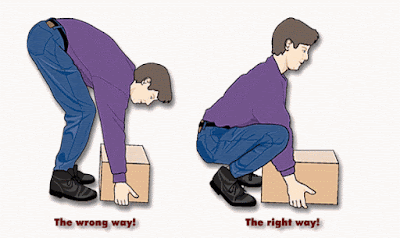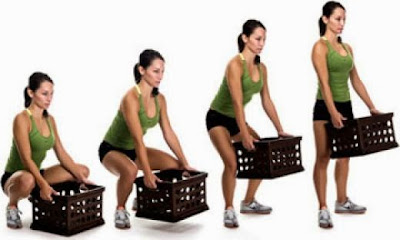Teamwork keeps employees safe and production high at any job. Teamwork prevents accidents.
All we have to do is: think of the other person’s safety as well as our own. Think about driving as one example of teamwork for safety.
Safe drivers not only look out for their own safety, but make sure they do not endanger the lives of the other drivers. They give up their right-of-way to help another driver. They slow down to let a driver cut back in after that driver has tried to pass and discovered a vehicle coming in the other direction. It is not just a matter of one driver having the right of way or being in right; it is a matter of a little teamwork to prevent accidents.
The safe driver knows that someday, it may take teamwork from some other safe driver to prevent accident.
It is not just a matter of your working safely and following all the rules yourself; you must think about the other person’s safety, too. You must lend a hand once in a while to prevent or avoid an accident that may involve another worker.
You can never tell what kind of situation will require teamwork to prevent an accident. You must solve each situation by working together and helping other people on the job. We all know what teamwork means when we think of team sports, but do we know what teamwork means when we think of work?
Good team leaders know what makes a successful team and good team members make it happen.
- Communication: Team members always talk to each other. They know they are part of a team and they communicate with their teammates
- Responsibility: Team members are thinking about the safety of people who work at their sides, and the rest of the project, and doing the best job they can, safely
- Coordination: Coordination means the team functions like clockwork. Every member does their part to bring out the best in the team
- Safety: Teamwork means that on and off duty the safety of your team should be number one on your list; your safety is the team’s safety
What characteristics make a team unsuccessful?
- Taking unnecessary risks: Focusing on getting the job done, no matter the risk to your fellow employees
- No Participation: Lack of participation by the leader or employees within the group
- Complacency: Knowing the team’s weaknesses and not taking steps to improve or eliminate those shortcomings
Think safe - work safe - live safe
Think safely in everything you do
Safety First


















